Is it better to save our nation's footpaths or let them return to nature?
Ramblers are encouraging Brits to map any overgrown path they can find, but the CLA believe we should focus on maintaining those we have and let the rest fall back to nature.
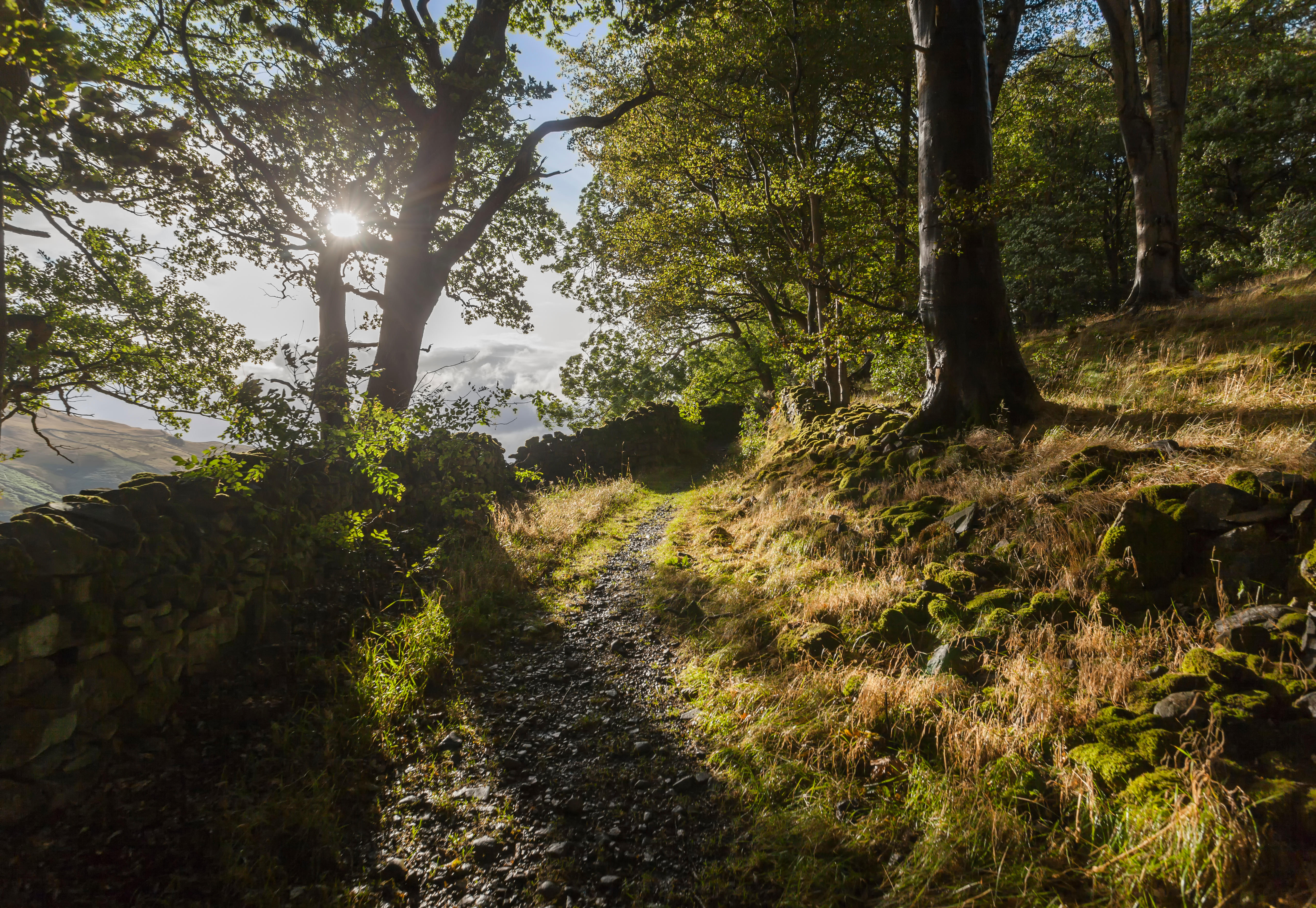

Some 10,000 miles of historic footpaths in England and Wales are at risk of being lost forever. The Government has a deadline of 2026 to add paths to the official record, after which they will no longer be protected.
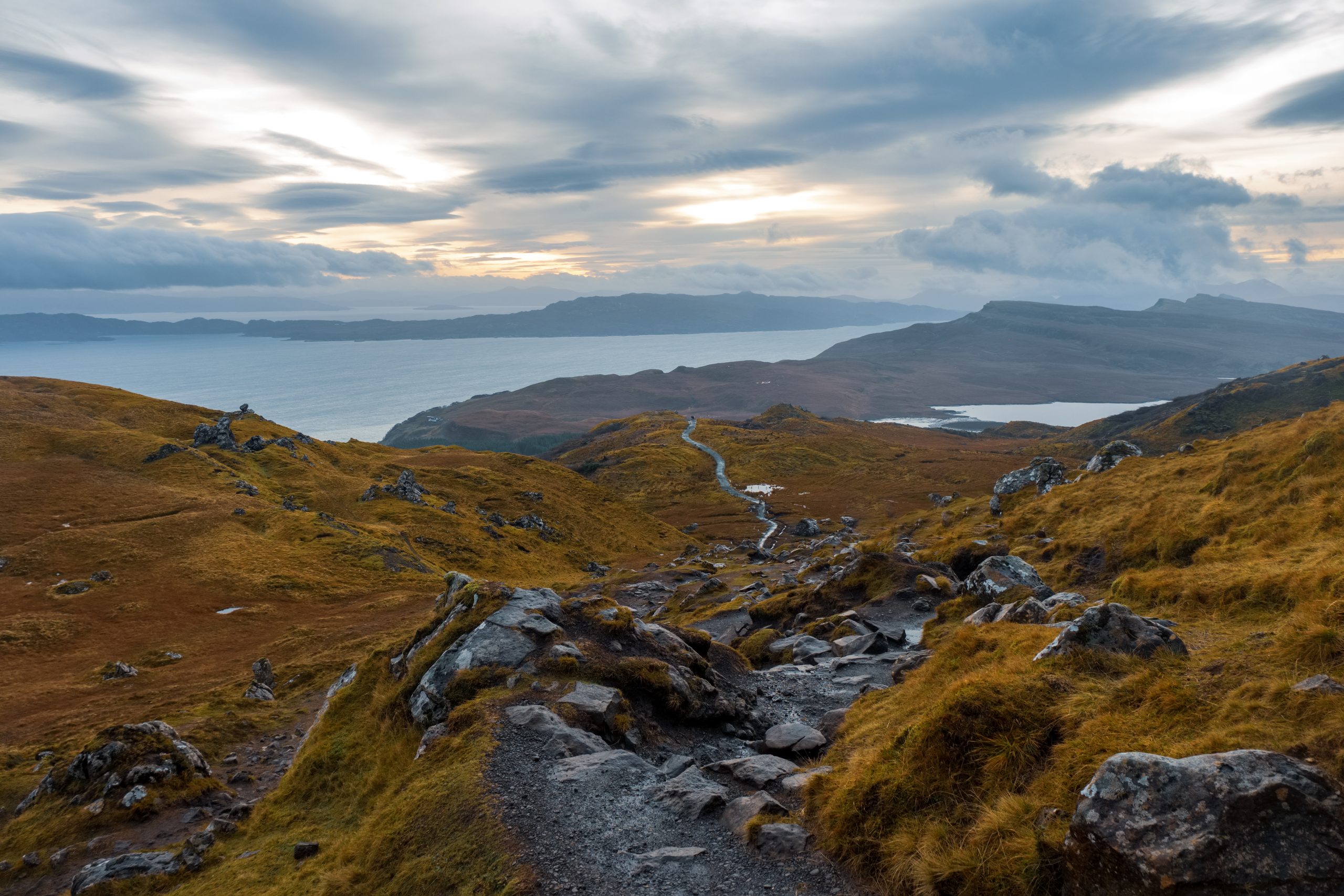
The walking group Ramblers is encouraging its members, as well as map enthusiasts and historians, to become ‘citizen geographers’ by using its new mapping site to identify missing footpaths.
'We need to think about the impact of having more public rights of way on the very wildlife ramblers want to protect and enjoy'
Jack Cornish from Ramblers warned that if ‘we lose our paths, a little bit of our history goes with them’. The group is also calling on the Government to extend the deadline by at least five years so it can complete its work.
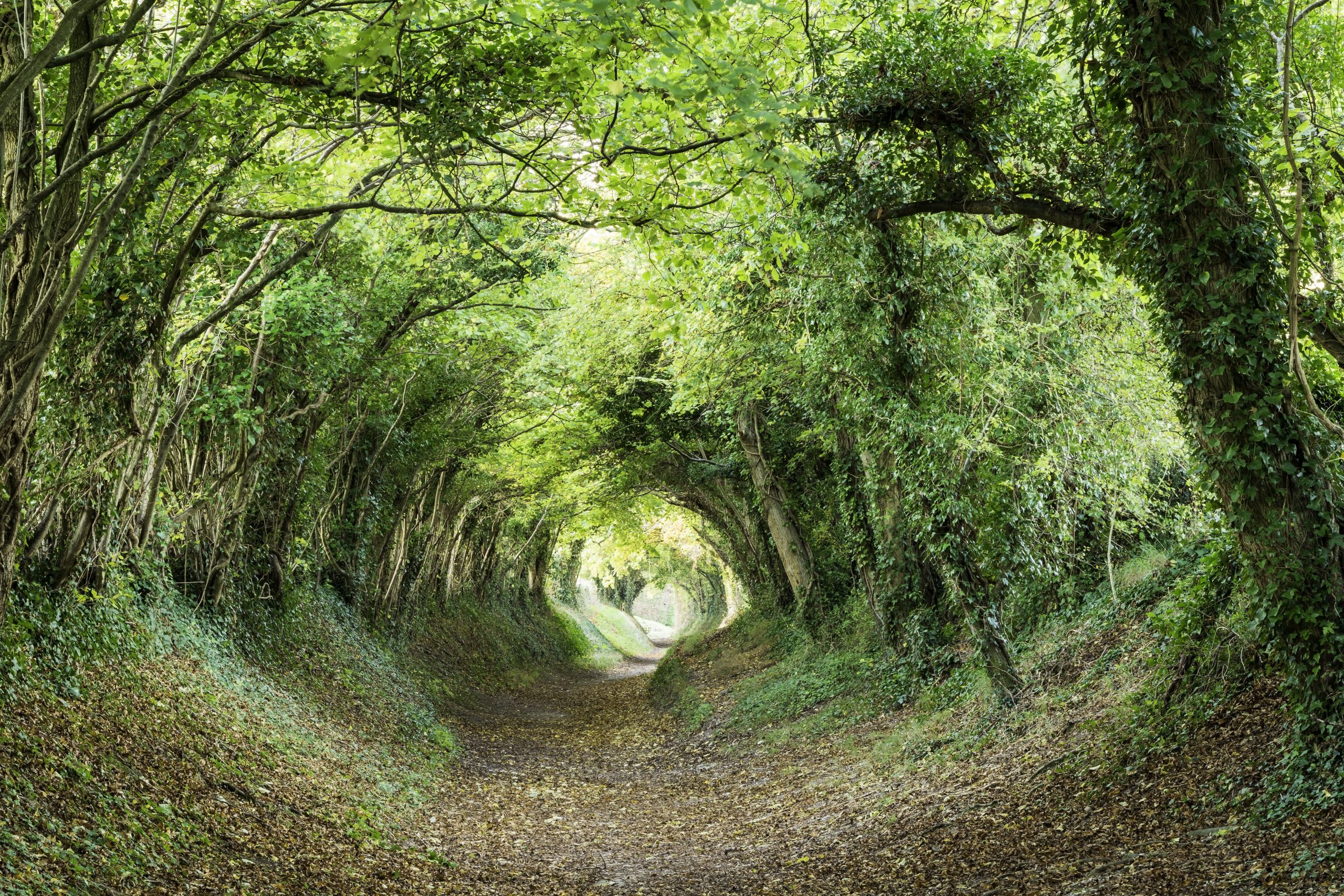
The CLA, however, believes the deadline should be maintained, saying that a ‘balance needs to be struck between the needs of Nature and the needs of the public’.
'Ground-nesting birds need to be protected from walkers and dogs'
‘We need to think about the impact of having more public rights of way on the very wildlife ramblers want to protect and enjoy,’ said CLA president Mark Bridgeman. ‘For example, ground-nesting birds need to be protected from walkers and dogs.
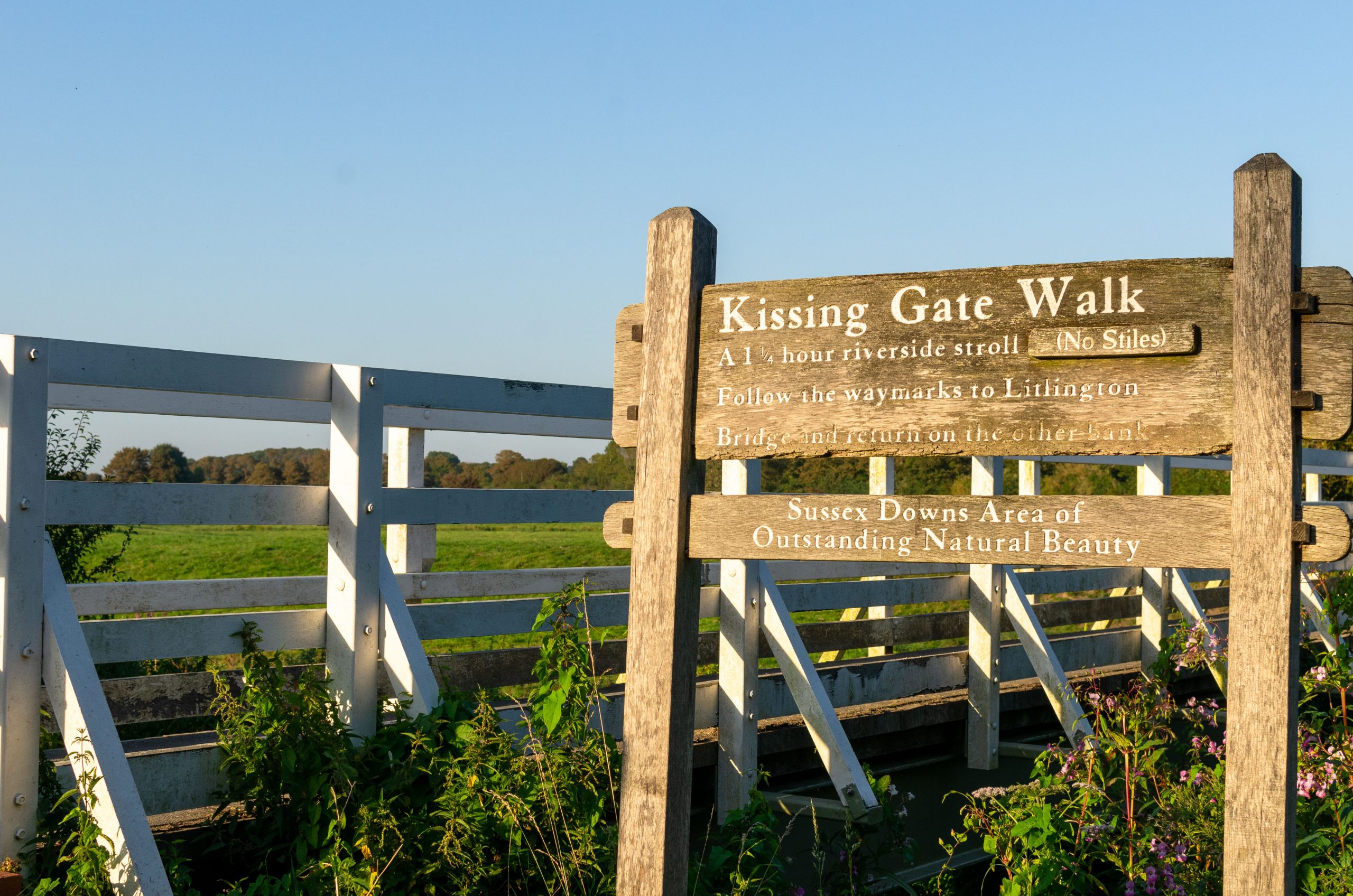
'It is over 75 years since the Definitive Map came into being and there will have been 25 years to prepare for the cut off.
'In our view, the focus should be on the real issue in the access debate: ensuring scarce public resources are spent on properly maintaining and looking after the 140,000 miles of public rights of way which are being used in England and Wales so that the public can continue to enjoy them.'
Sign up for the Country Life Newsletter
Exquisite houses, the beauty of Nature, and how to get the most from your life, straight to your inbox.
So, is six years enough time to find our missing footpaths? Or should we focus our attentions on those we have and let the rest fall back to nature?
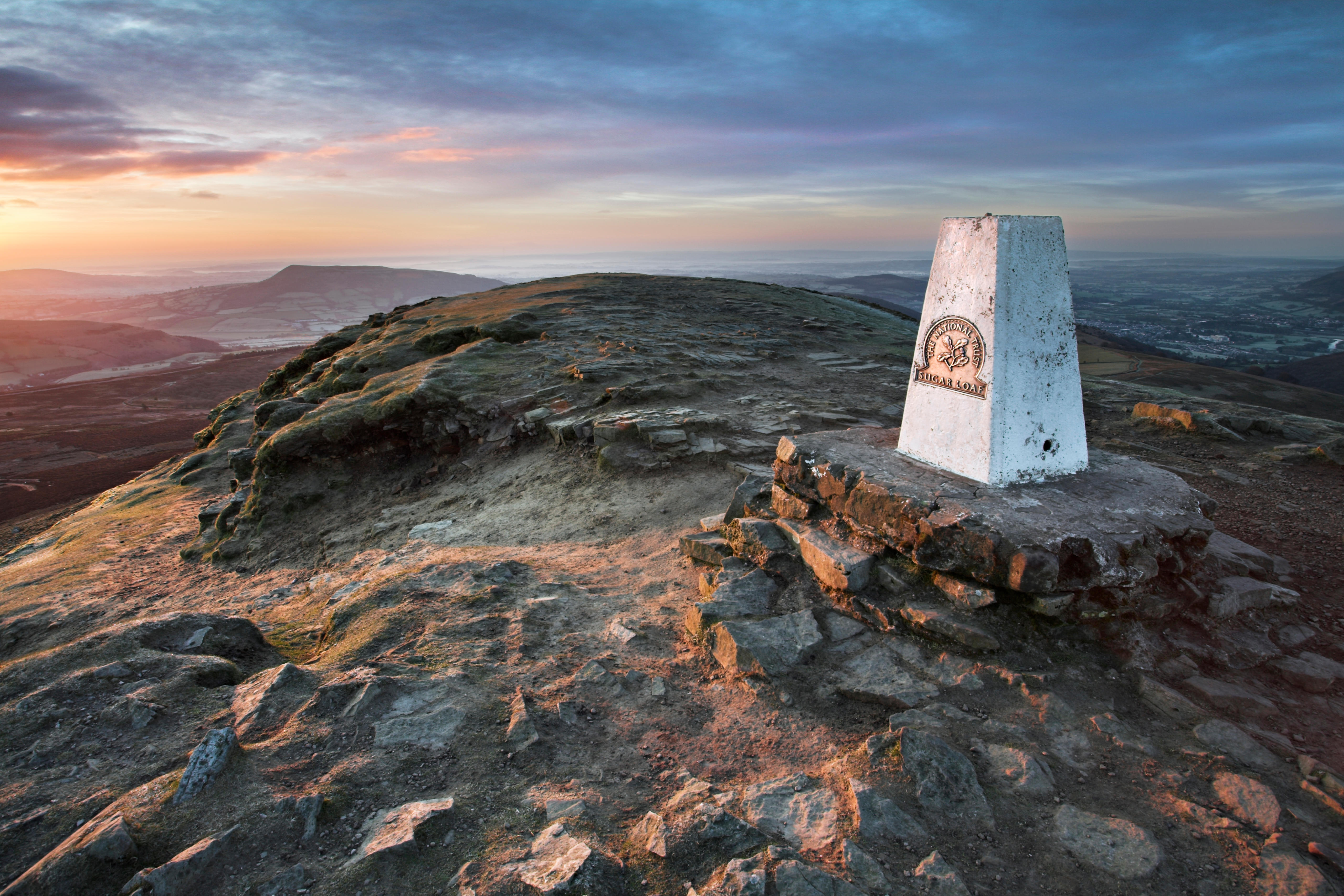
Climbing the Sugar Loaf, the irresistibly perfect mountain in a ‘wild and lovely’ setting
The Sugar Loaf in Wales’s Black Mountains is a satisfying little peak to conquer, as Fiona Reynolds explains.
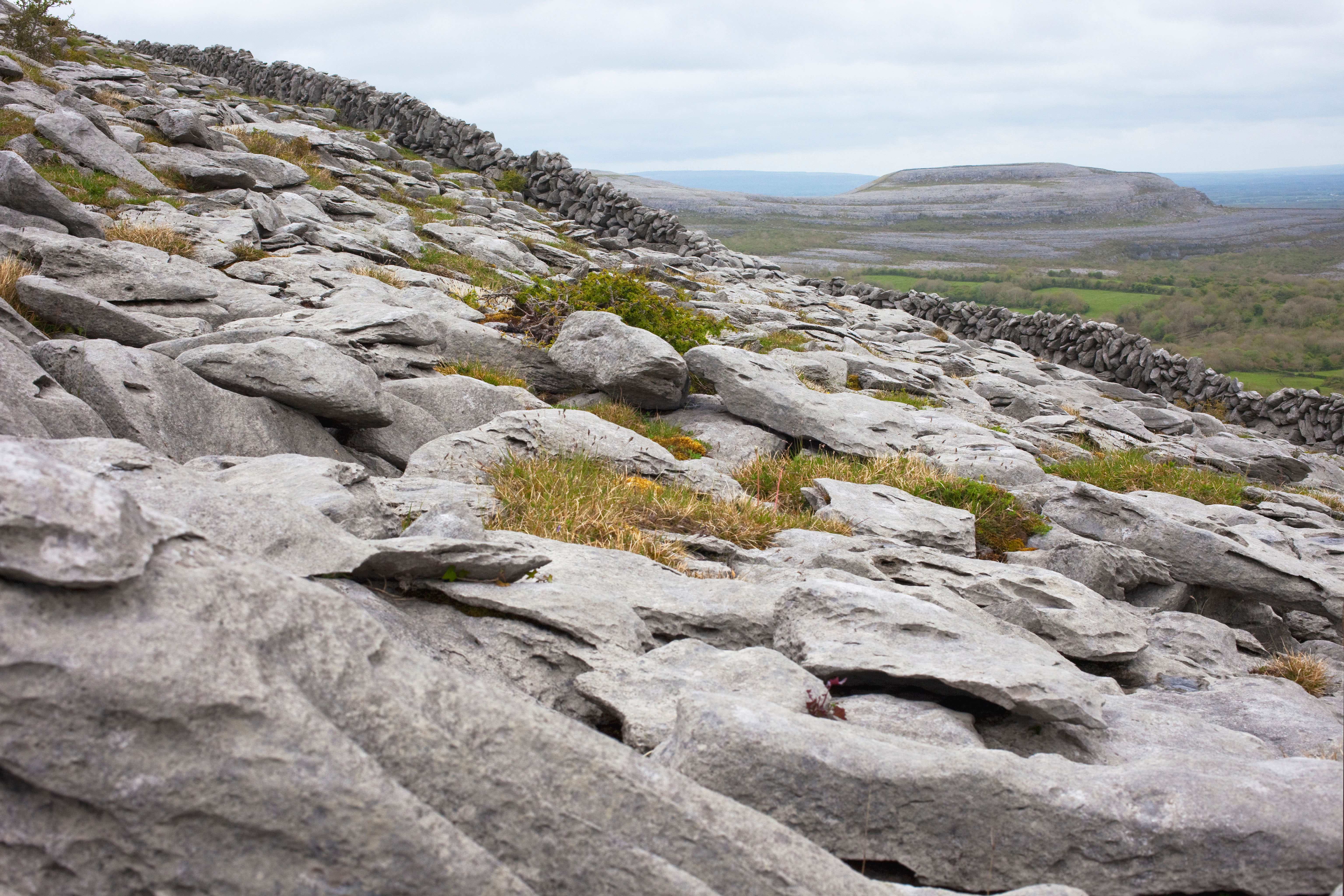
Walking The Burren, Co Clare: A place of curved hills, acres of open limestone and a landscape in which to lose oneself
Fiona Reynolds eats her words about regular walkers avoiding showers during the wettest months she can remember.
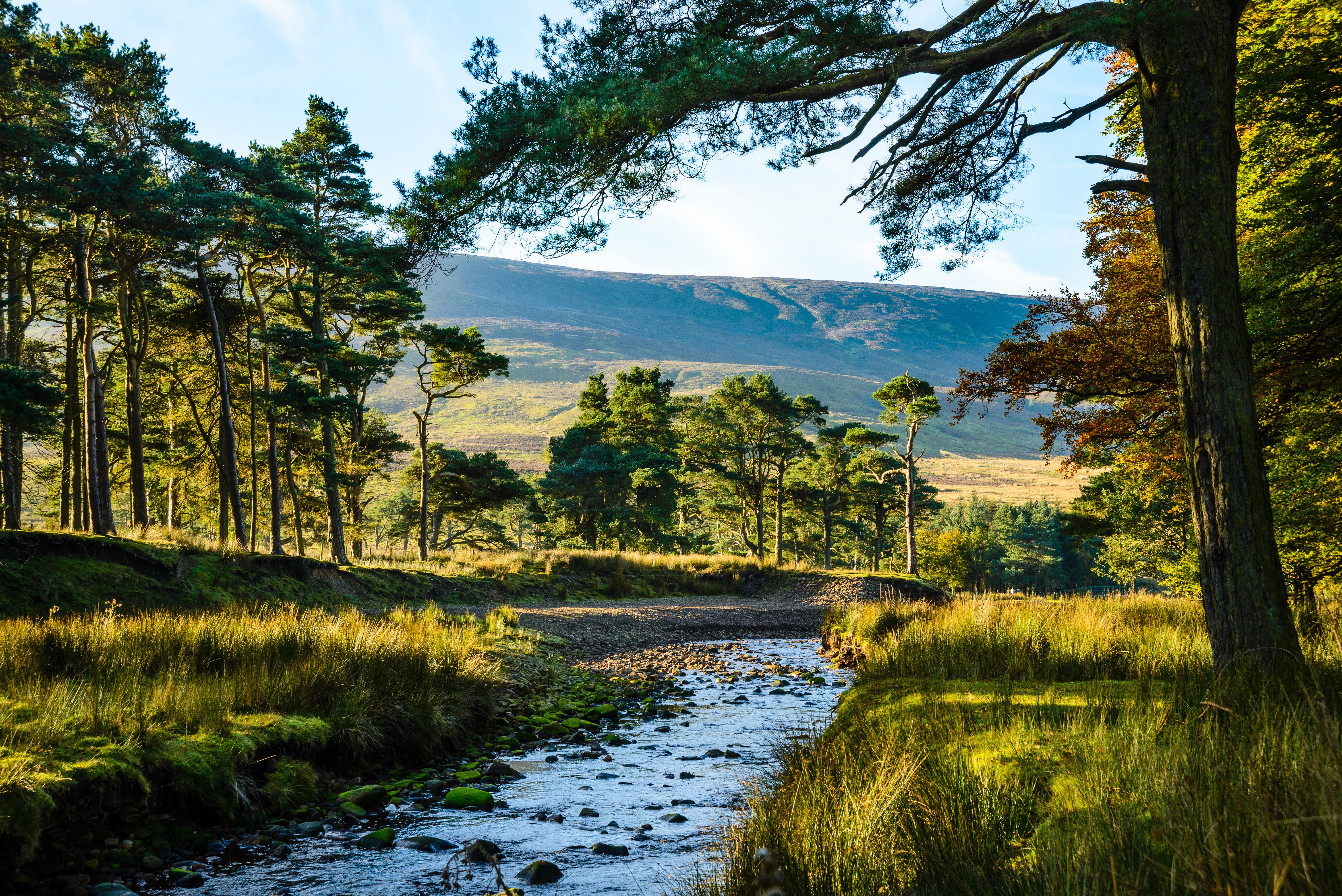
A walk through the Forest of Bowland: 'I feel the immensity of the history of this place and am deeply moved by it'
A solitary dawn walk through the Forest of Bowland is a magical experience, says Fiona Reynolds.
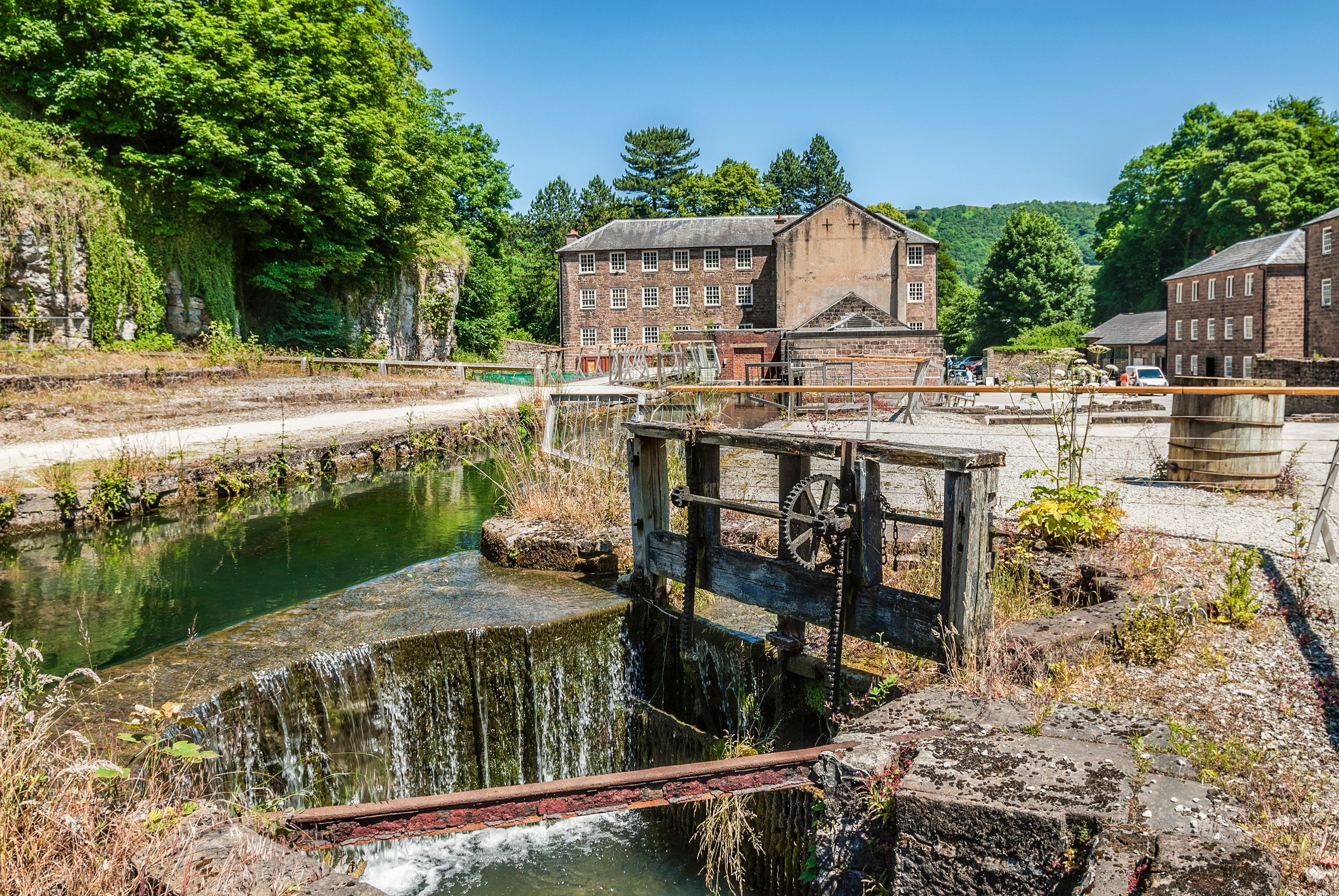
Walking Derby and the Derwent Valley, on a morning with 'dappled light on the river reflecting the monumental 18th-century mills'
Fiona Reynolds walks the Derwent Valley Heritage Way in Derbyshire, and is struck by the contrast between Man and Nature.
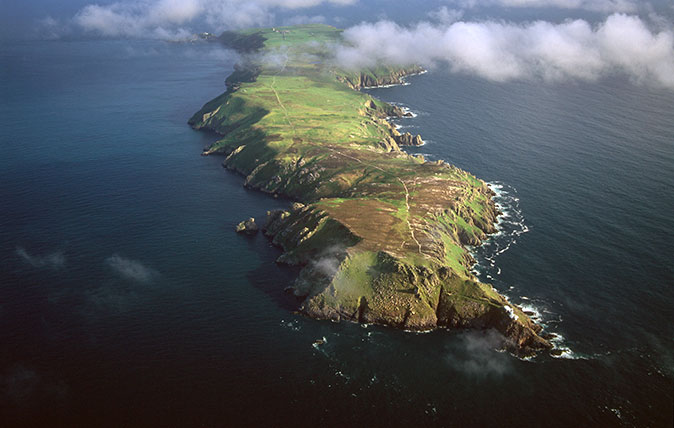
Credit: robertharding / Alamy Stock Photo
Lundy Island: The joys of a good walk, inspiring beauty and no phone signal
Fiona Reynolds was left refreshed and exhilarated after a trip to Lundy Island.
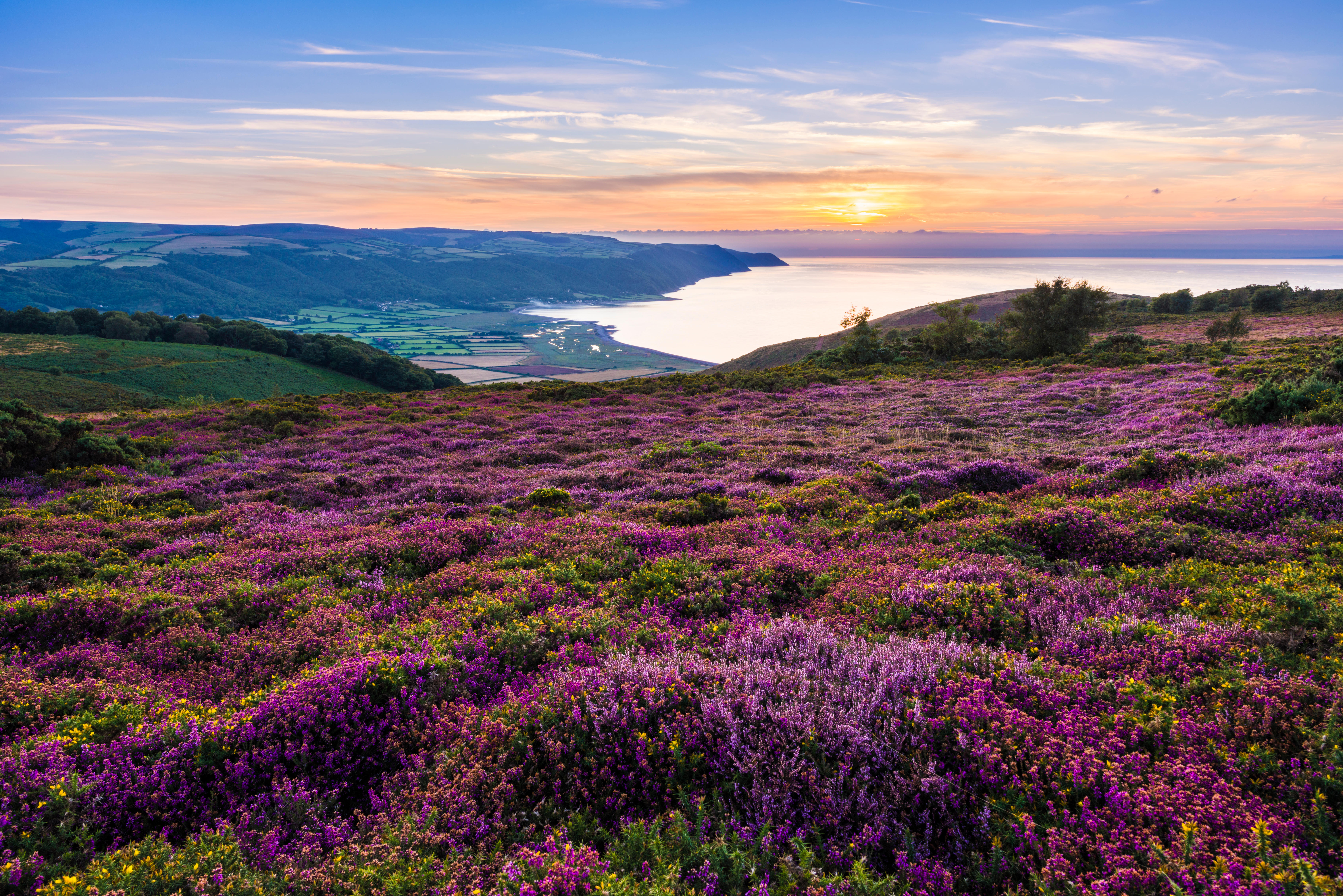
Credit: Alamy
Walking Exmoor: 'The views open out and there's just me, a lone figure in an immense, almost featureless landscape'
Fiona Reynolds walks in the footsteps of Lorna Doone and finds that there’s still a feeling of wilderness out on

Climbing Ben Stack: A perfect, conical mountain whose paths are adorned with bluebells, violets and orchids
Fiona Reynolds takes time out during a trip to Scotland to climb one of its most beautiful little peaks: Ben
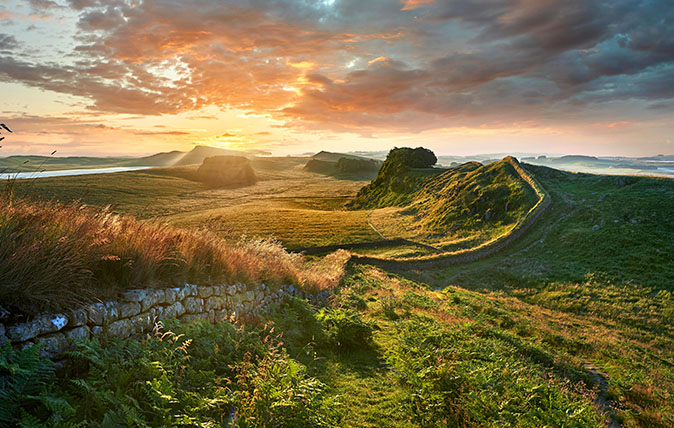
Walking Hadrian's Wall: An epic walk from coast to coast and back in time
One of Britain’s most famous landmarks makes for an epic walk back in time – and it's a journey that

James Fisher is the Deputy Digital Editor of Country Life. He writes about property, travel, motoring and things that upset him. He lives in London.
-
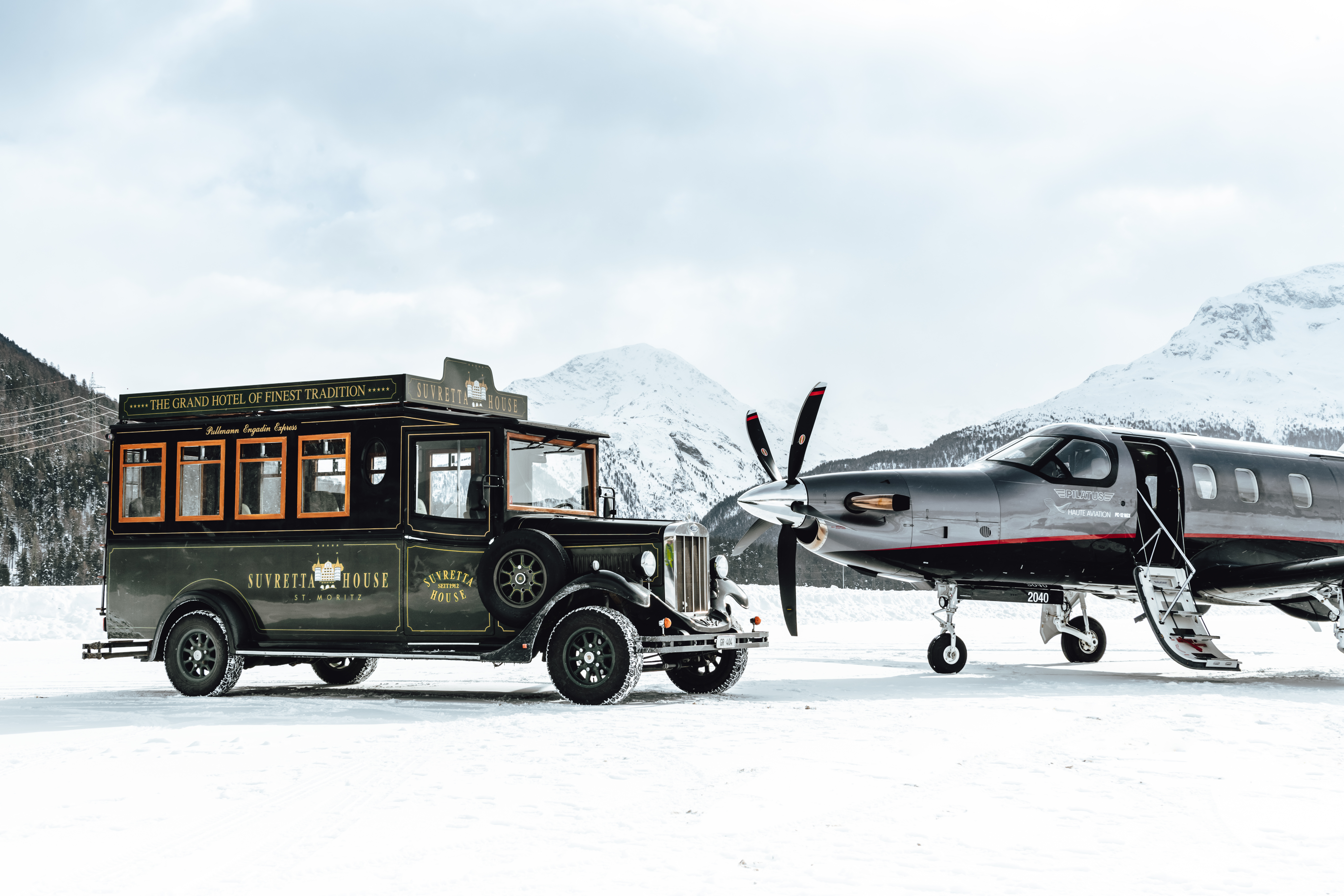 Everything you need to know about private jet travel and 10 rules to fly by
Everything you need to know about private jet travel and 10 rules to fly byDespite the monetary and environmental cost, the UK can now claim to be the private jet capital of Europe.
By Simon Mills
-
 'I'd willingly give a year of my life for a fortnight there': The green dream that is the garden of Derreen
'I'd willingly give a year of my life for a fortnight there': The green dream that is the garden of DerreenExotic woods, labyrinths of narrow, mossy paths and thousands of tree ferns make this an internationally important garden, writes Charles Quest-Ritson. Photographs by Jonathan Hession.
By Charles Quest-Ritson